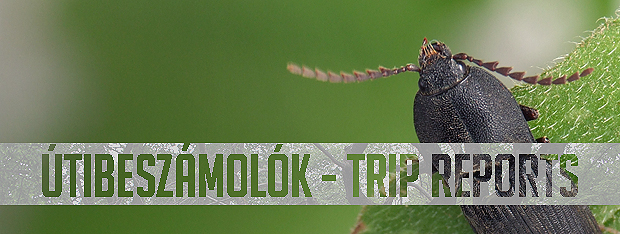
TRIP REPORTS
VII.2013., Eucnemi-days
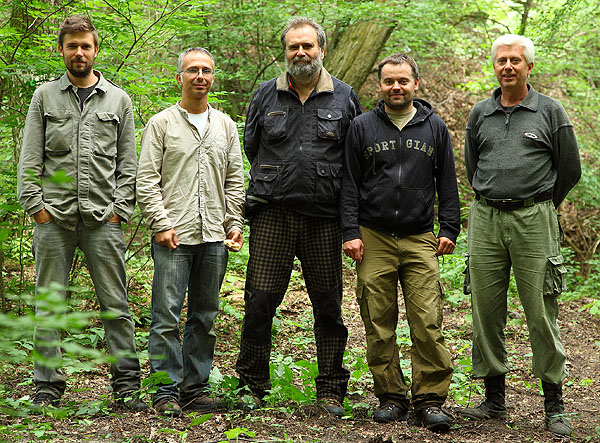
First we
visited the

Approaching the valley, I asserted in vain that numerous Eucnemidae species inhabit the area. Due to the adverse weather, however, all of them remained hidden. (photo N. Rahmé)

A beech log fallen in the winter of 2011, pictured in 2012 by N. Rahmé.
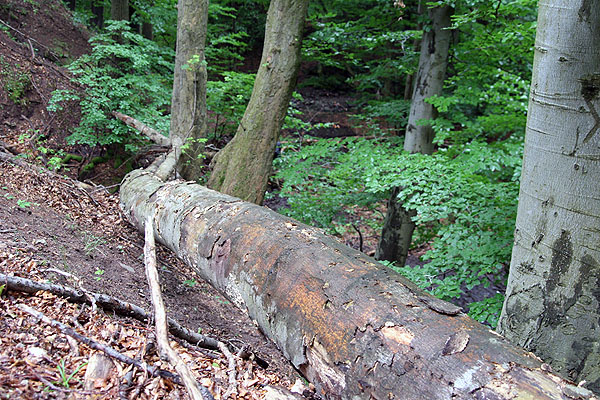
The same log photographed in 2013. Its bark is peeling off, and fungi are growing on the trunk. (photo J. Mertlik)

Despite the cold weather and a sprinkle of rain, however, finally we were lucky enough to see a specimen of Otho sphondyloides hidden under bark. We got the species we wanted, the mission was accomplished. After carefully examining the site and gathering valuable information, the Czech colleagues left for
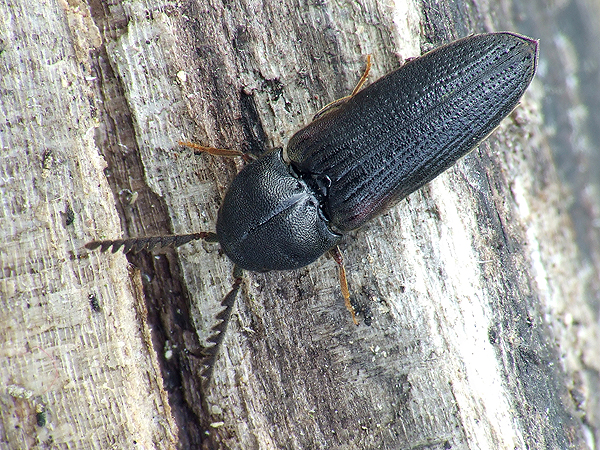
A female Otho sphondyloides
(Germar, 1818).

A male Otho sphondyloides
(Germar, 1818).

Otho sphondyloides
(Germar, 1818), larva.
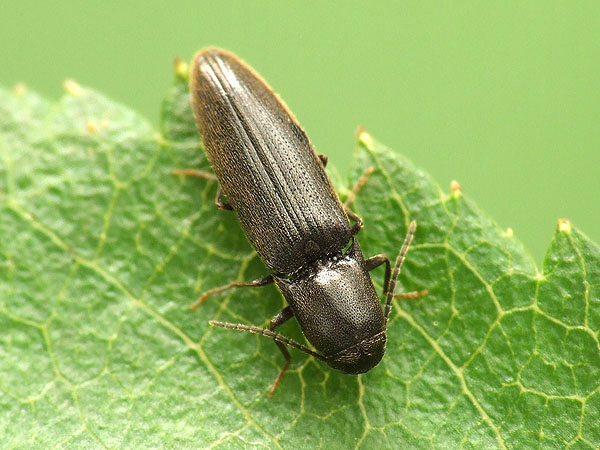
Fond of the
area, we decided to go next time to the Naszály, a hill located
near the Danube
Bend (Dunakanyar). Anytime we go there, we encounter incredible
rarities and
novelties. I was there this April, as some of the photos show, when Idolus picipennis (Bach, 1852) was
knocked from linden trees. In

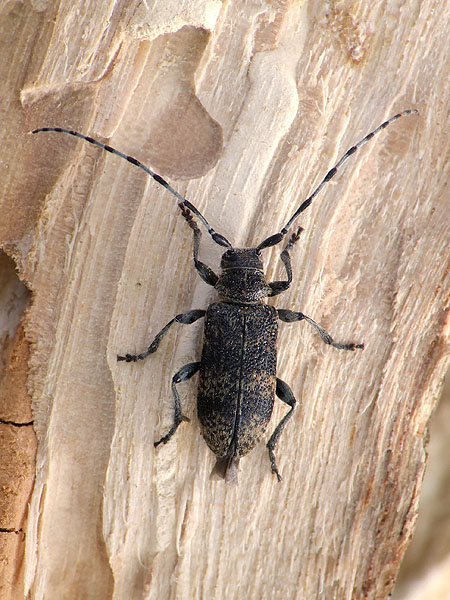
The pupa of
this Oplosia cinerea (Mulsant, 1839)
was also collected in April. A few weeks later its imago emerged.
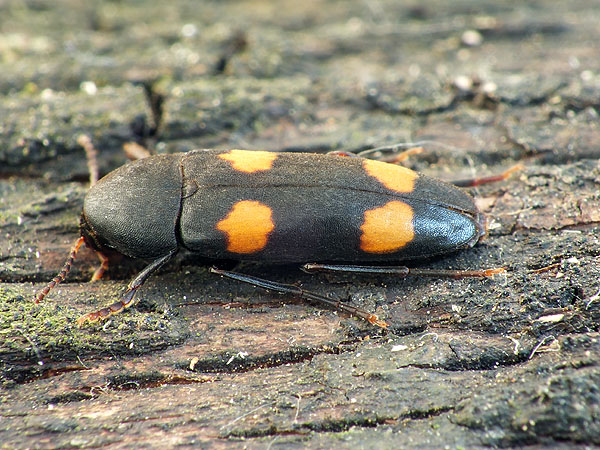
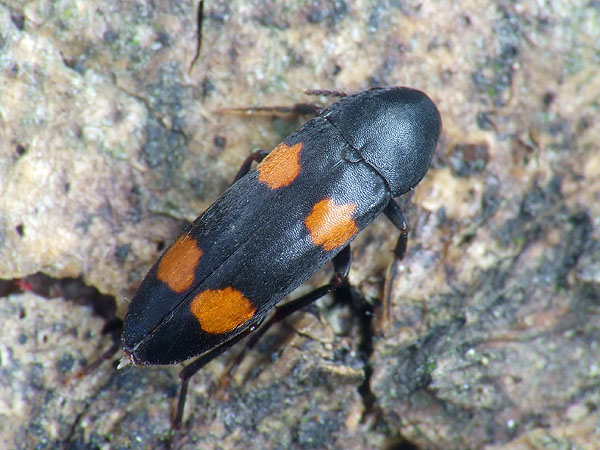
In the
northern part of the forest, where beech trees grow many saproxylic
species
find refuge. I climbed up there while my trip mates were collecting
beetles
where oak was prominent. I was knocking dry and fungus-infested
branches. As a
result Dircaea australis Fairmaire,
1856 came up. I had formerly examined all the four specimens stored in
the
Coleoptera Collection many times. Two of them were collected in the
2000s, the
other two have no data. I never expected to find this beautiful beetle.
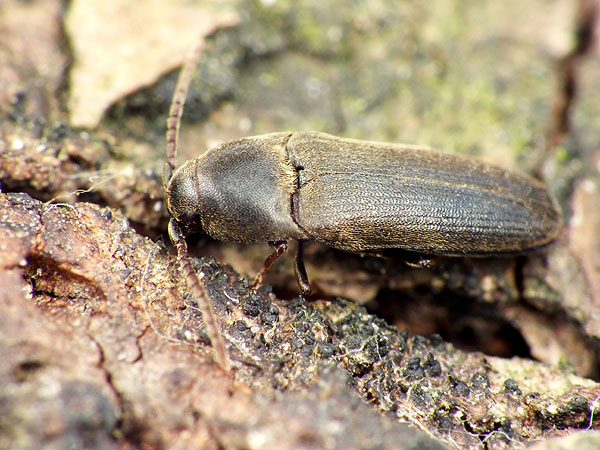
Hylis cariniceps
(Reitter, 1902).
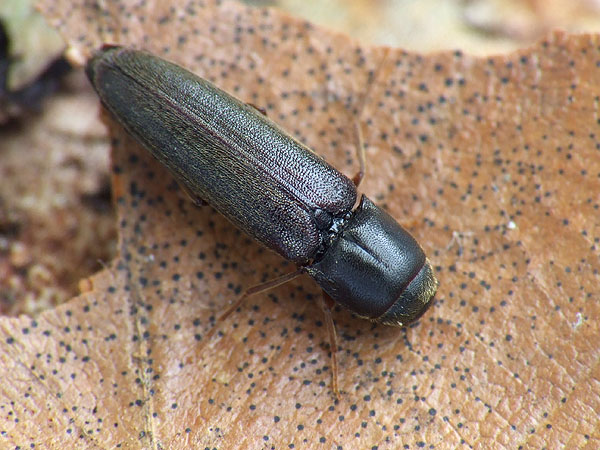
Isorhipis melasoides
(Laporte, 1835).

Specimens
of Ulorhinus bilineatus (Germar,
1818) were moving briskly on logs lying in shady patches.
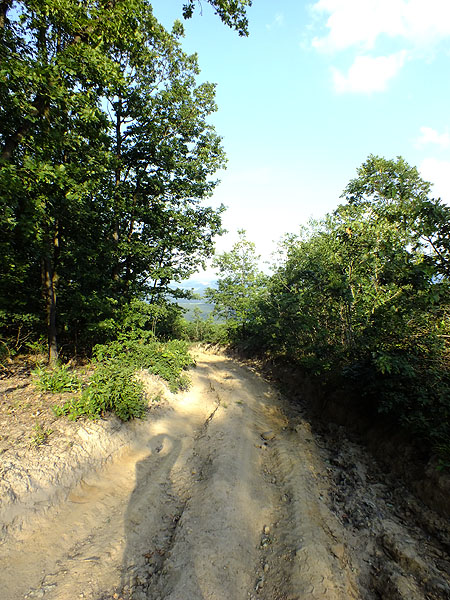
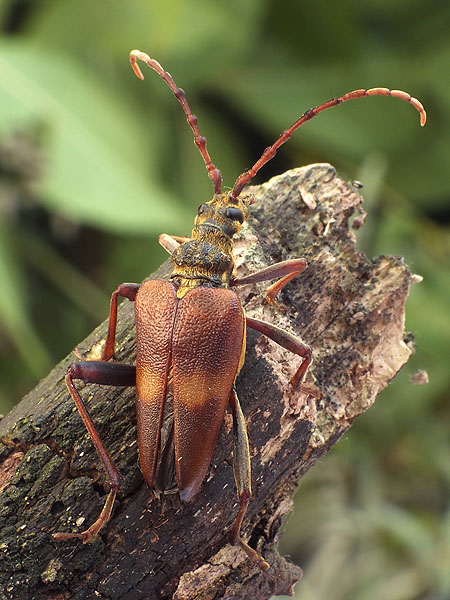

Neither did
my trip mates idle their time away, but were chasing Akimerus
schaefferi (Laicharting, 1784) and …

Purpuricenus kaehleri (Linnaeus, 1758) flying around in a

In the
canopy click beetles, such as Prosternon
chrysocomum (Germar, 1843)
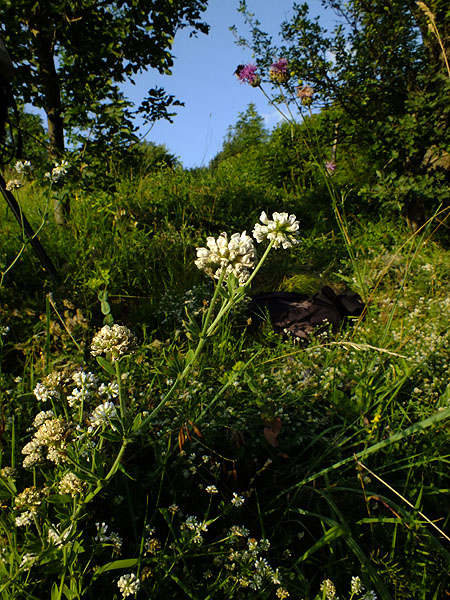

We caught
sight of Chlorophorus hungaricus Seidlitz,
1871 specimens feeding on prostrate canary clover (Dorycnium
germanicum) growing on roadside verge on our way home.
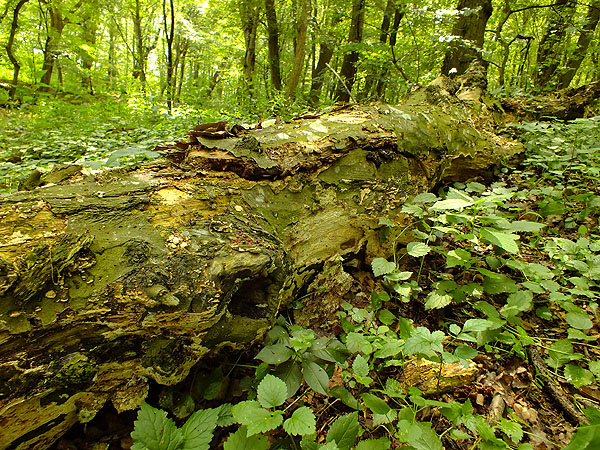
At the
following weekend, we were hunting beetles with Attila Kotán in
the western
part of
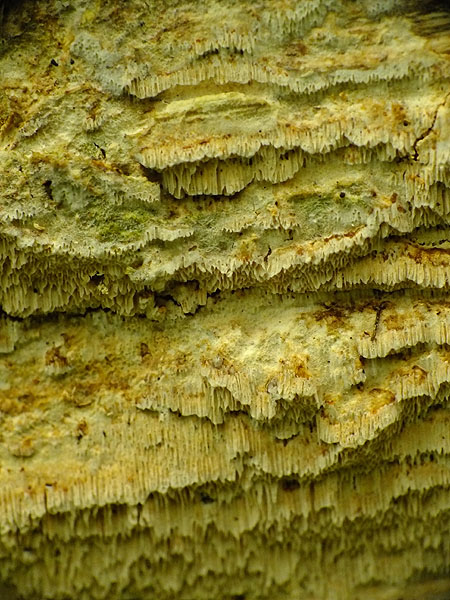
As we left early we were snooping around already in the morning in a remote forest of the
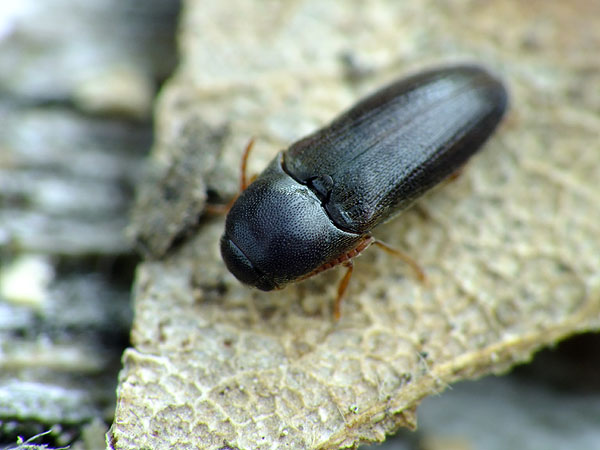
Thambus friwaldszkyi
Bonvouloir, 1871 is a tiny species known to occur only in very few
places in
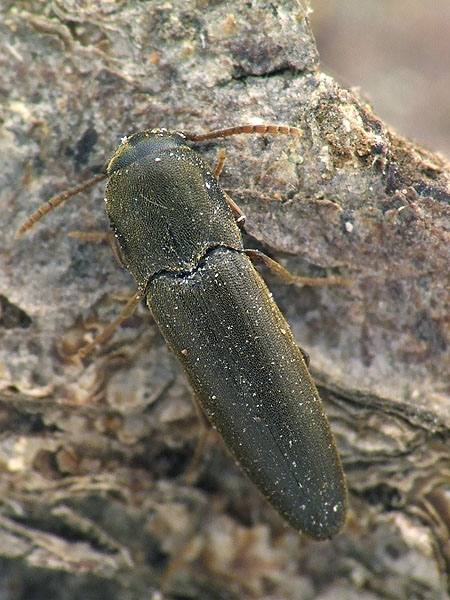
Nematodes filum (Fabricius, 1801).

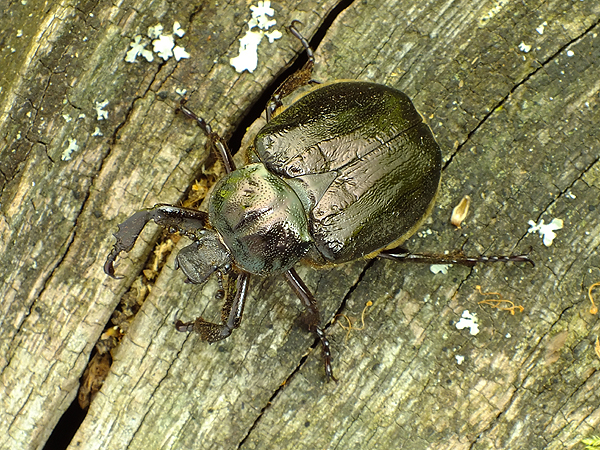
To
encounter the endangered Osmoderma
eremita (Scopoli, 1763) is always marvellous. Only very few stable
populations are left due to deforestation and unscrupulous collecting.
We
managed to take some pics of this huge beetle that is surprisingly
brisk
compared to its size then it took off emitting a characteristic odour
reminiscent of apricot.
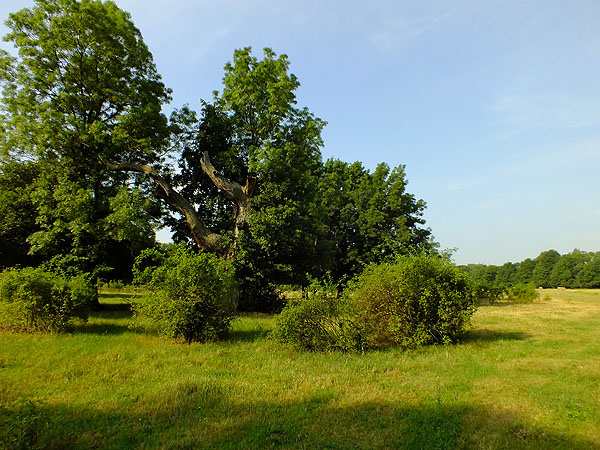
We spent
the evening on a familiar wood pasture that was a pleasure to see
again. Some
species were found though it was raining.
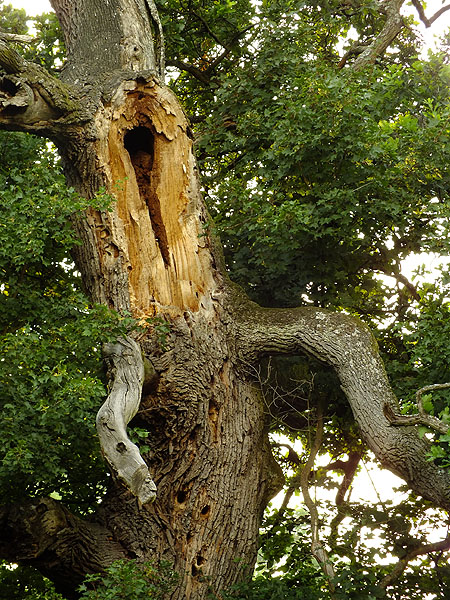
In the
middle of the summer large longicorns and lamellicorns emerge.
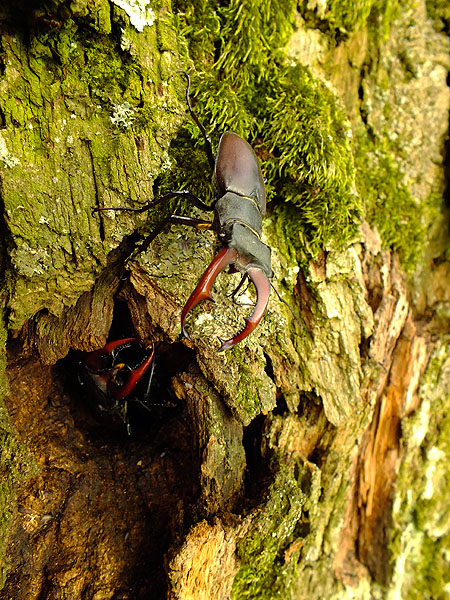
Lucanus cervus cervus (Linnaeus, 1758) – greater stag beetle.

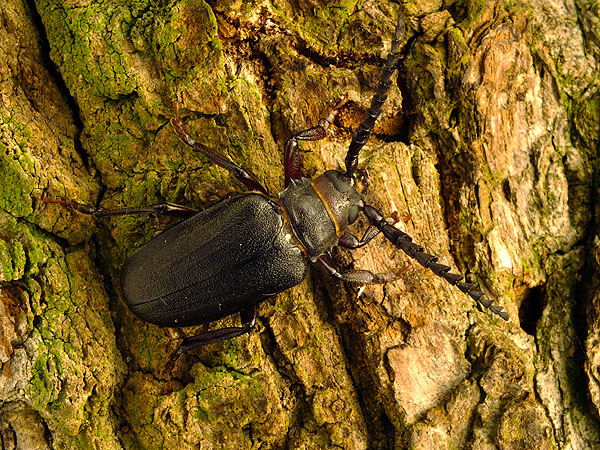
Prionus coriarius (Linnaeus, 1758) – tanner beetles.
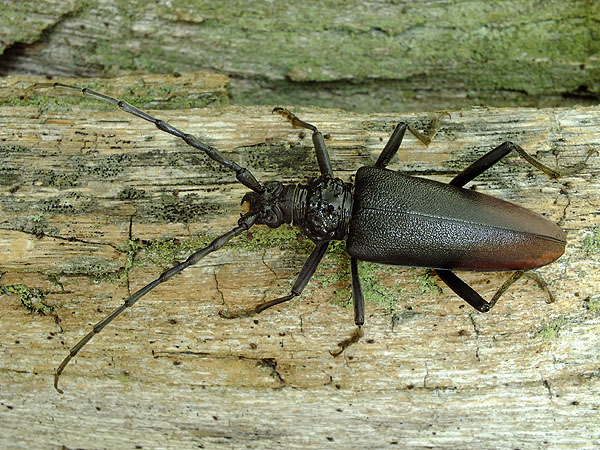
Cerambyx cerdo Linnaeus, 1758 – great capricorn betle.
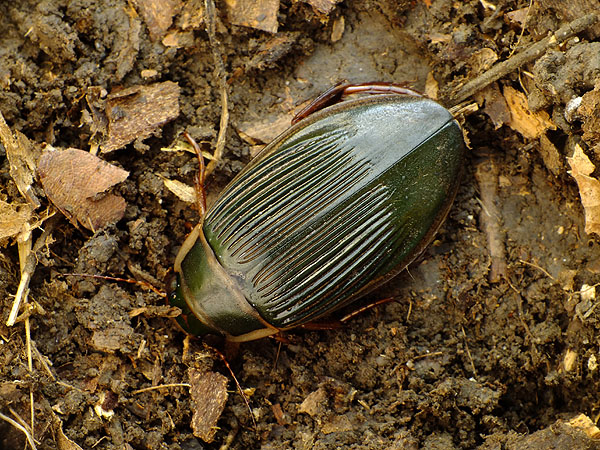
Great
diving beetle, Dytiscus marginalis
Linnaeus, 1758 was
light-trapped at night.
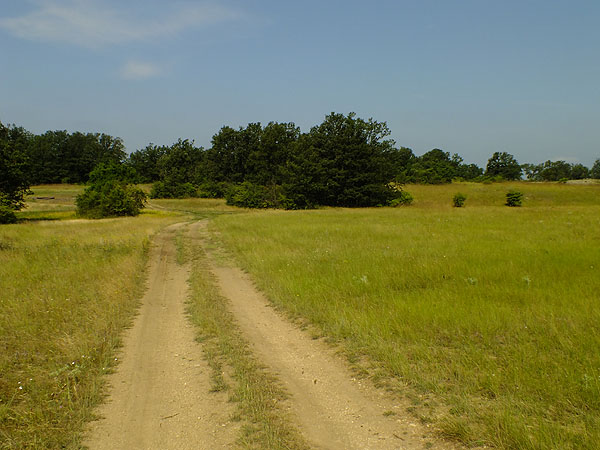
The other
day we looked around in an oakwood on an abandoned military field near
Tapolca,
in the area of Balaton Uplands. We hoped to capture Farsus
dubius (Piller et
Mitterpacher, 1783). Aside from two
specimens collected there by Péter Bartha in 1993, now stored in
the museum,
one specimen was found in Baranya county in southern


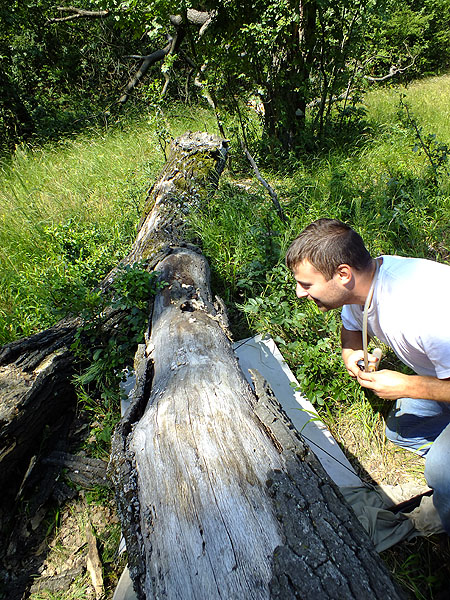
Fallen oak
tree. Numerous beetle species were discovered under the bark attacked
by fungi.
Promising
crumbs of rotten wood knocked down onto a white sheet were watched
little by
little.
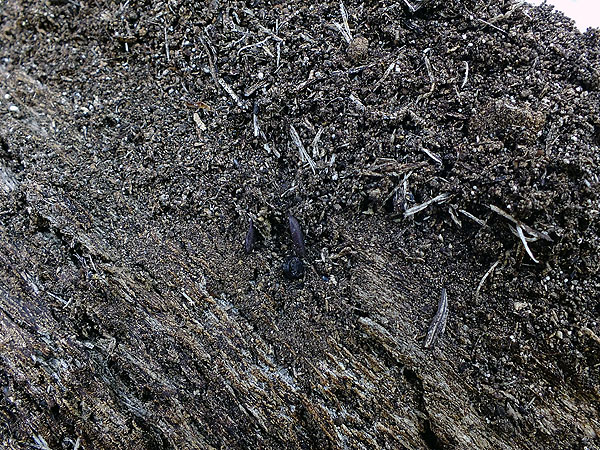
Dead
specimens were found in the soft and loose parts.


Pupal chamber
is surrounded by the typical fungus ring.
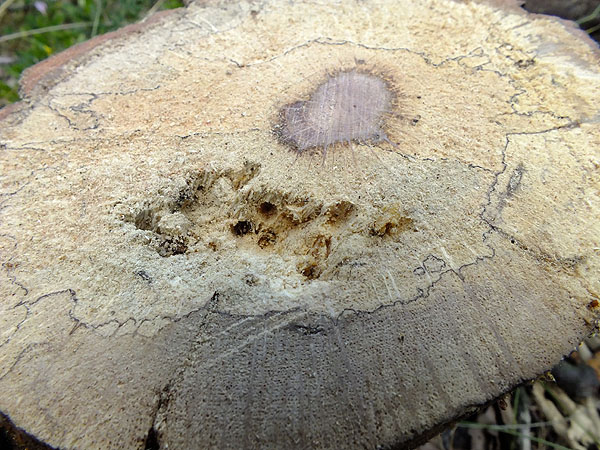

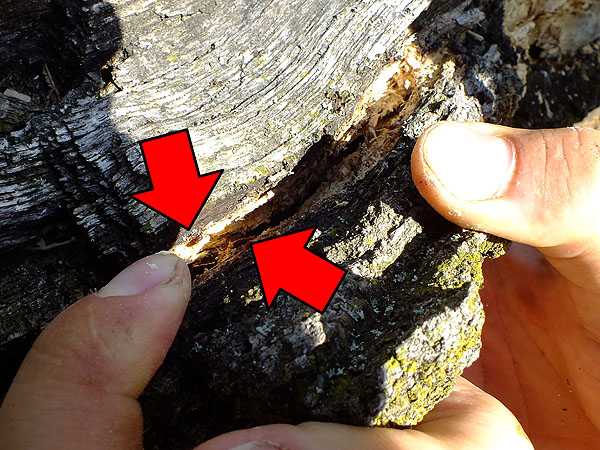
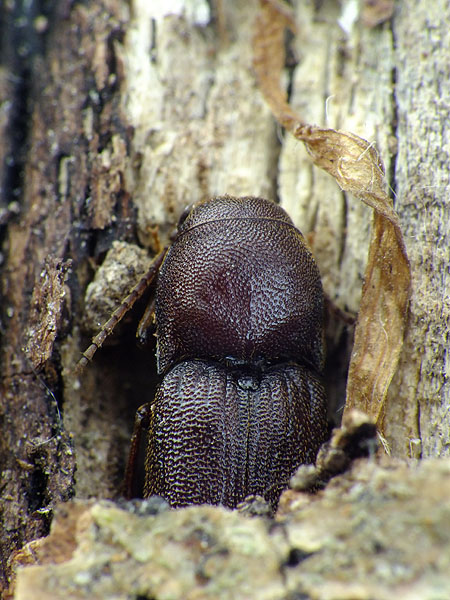
Thorough
and unwearied pursuit was finally successful: Farsus dubius
(Piller et Mitterpacher, 1783).
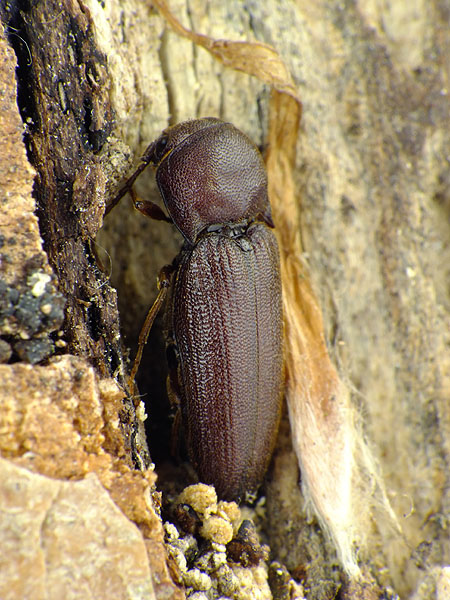
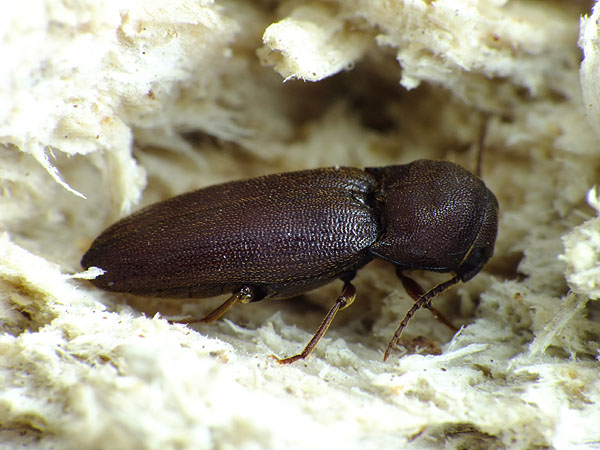

There is a
substantial difference in size between the sexes. While females are
more than
one centimetre long, length of males is not more than three millimetres.
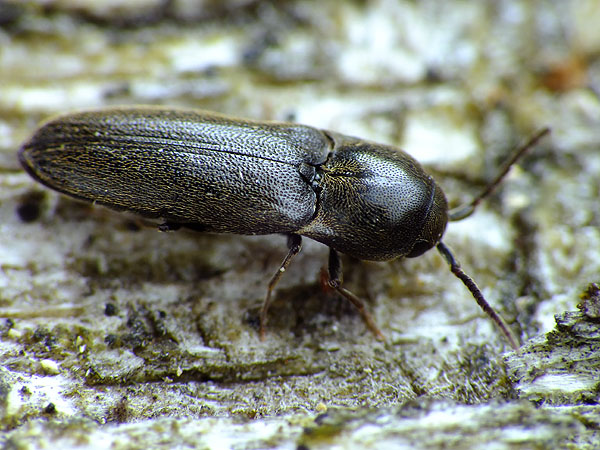
Trees invaded
by fungi attract other species of false click beetles. Remains of a Dromaeolus barnabita (A. et J. B. Villa,
1838) and a small beetle that was not
to be identified until arriving to the museum were found. The
previously
unidentifiable specimen turned out to be a specimen of
Clypeorhagus clypeatus (Hampe, 1850), first collected in 2004
by Gábor Hegyessy in the park of

Clypeorhagus clypeatus (Hampe, 1850).
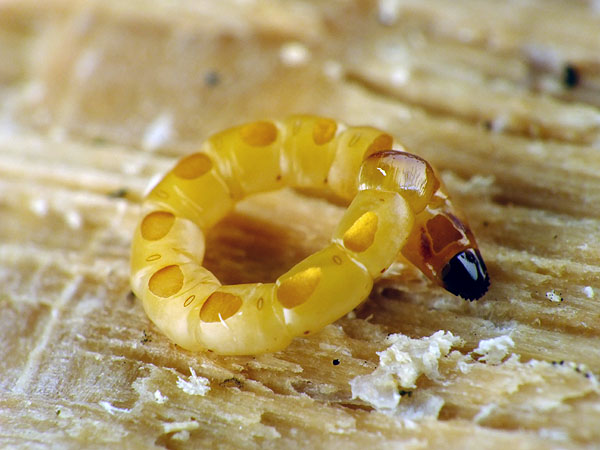
Its larva
was also found in the decaying wood.
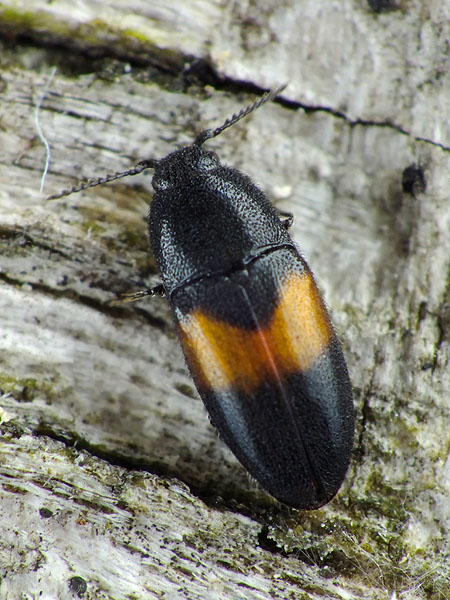
Drapetes mordelloides (Host, 1789) develops on trees
exposed to the sun, colonized by fungus.
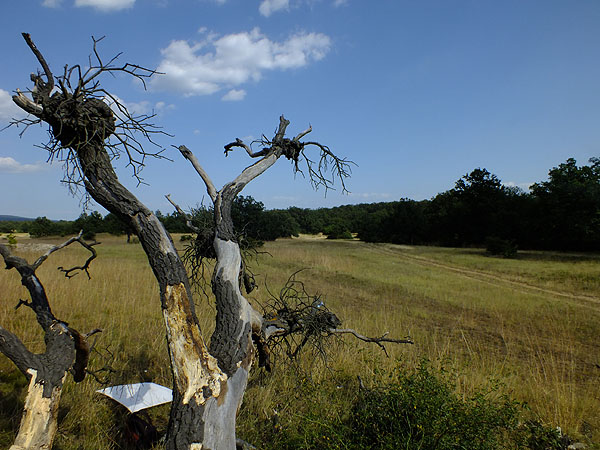

One and a
half week later we set out on a trip to collect for fun, with higher
ratio of
female participants to men.
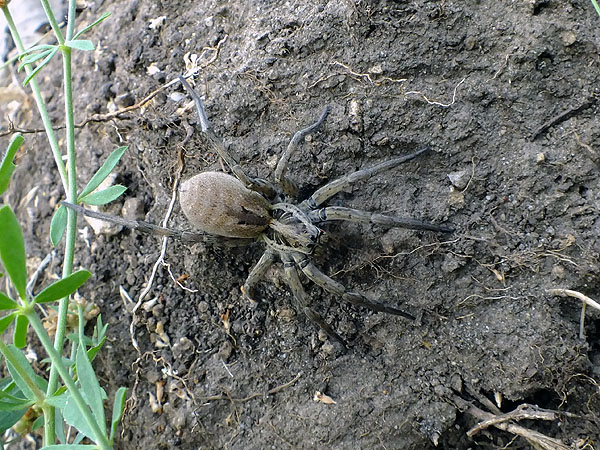
Large wolf
spiders, Hogna radiata were running
around among tussocks turning yellow under drought.
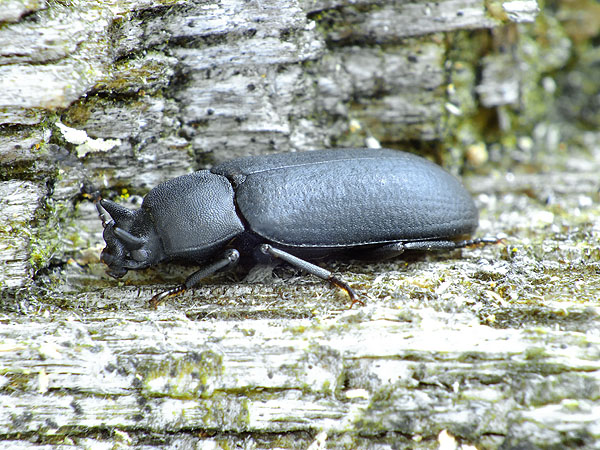
A dozen of
specimens of the rare and protected darkling beetle Cryphaeus cornutus (Fischer de Waldheim, 1823) were
found hiding under bark.
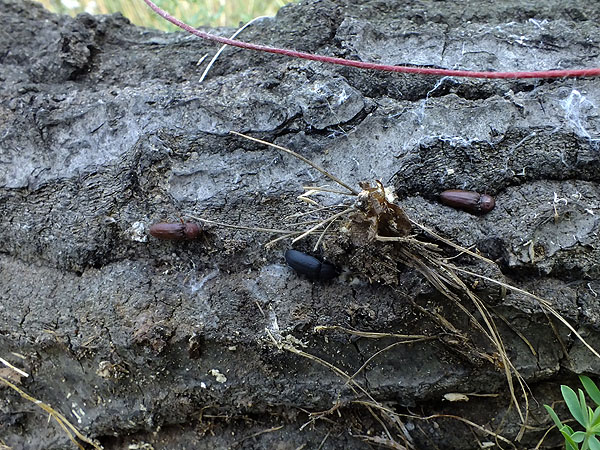
It was
certainly a peculiar experience to see such a crowd of the two rare
species.
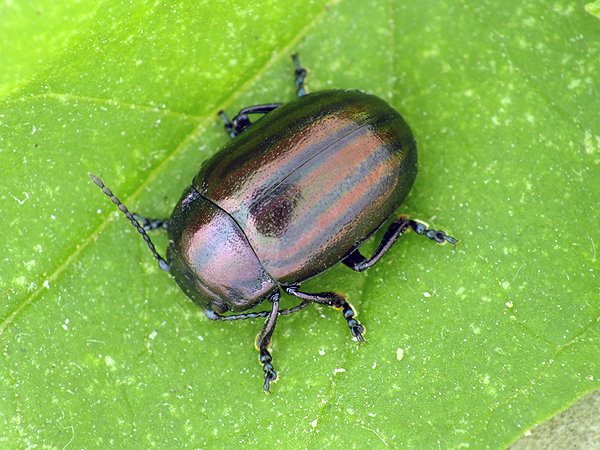
To be
protected from the hot sunlight Chrysolina
cerealis alternans (Panzer, 1799) also seeks shelter under bark.
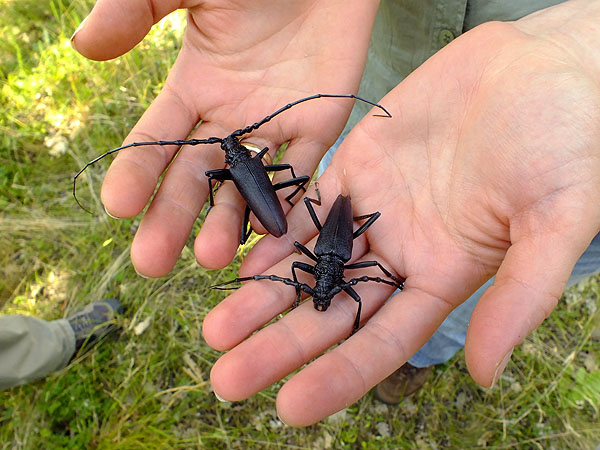
Cerambyx
cerdo Linnaeus, 1758 likes the
woman’s touch.

There is an
old wood pasture situated close to the site just discovered. Last year,
when we
first came here, a large population of
Cerambyx welensii Küster, 1846 was discovered.
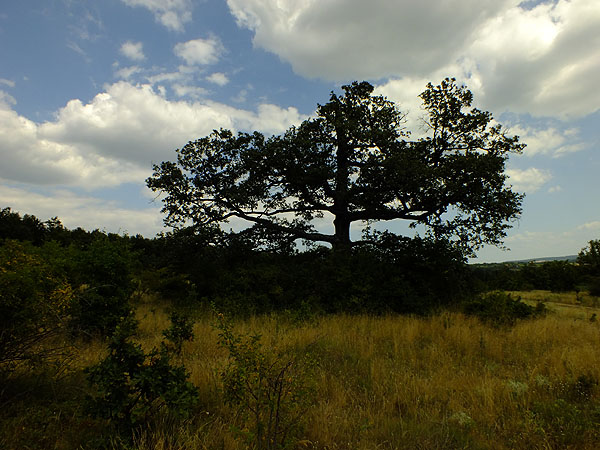
So, the
denouement of this trip is that we must come back again, because this
place is
expected to have even more surprises. We set out for town with
satisfaction.